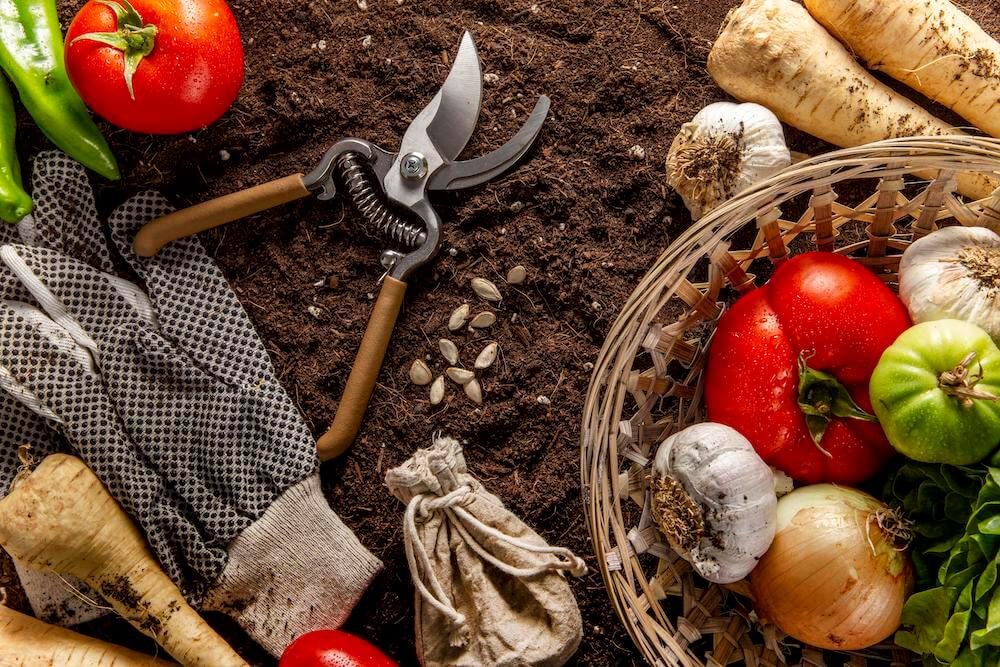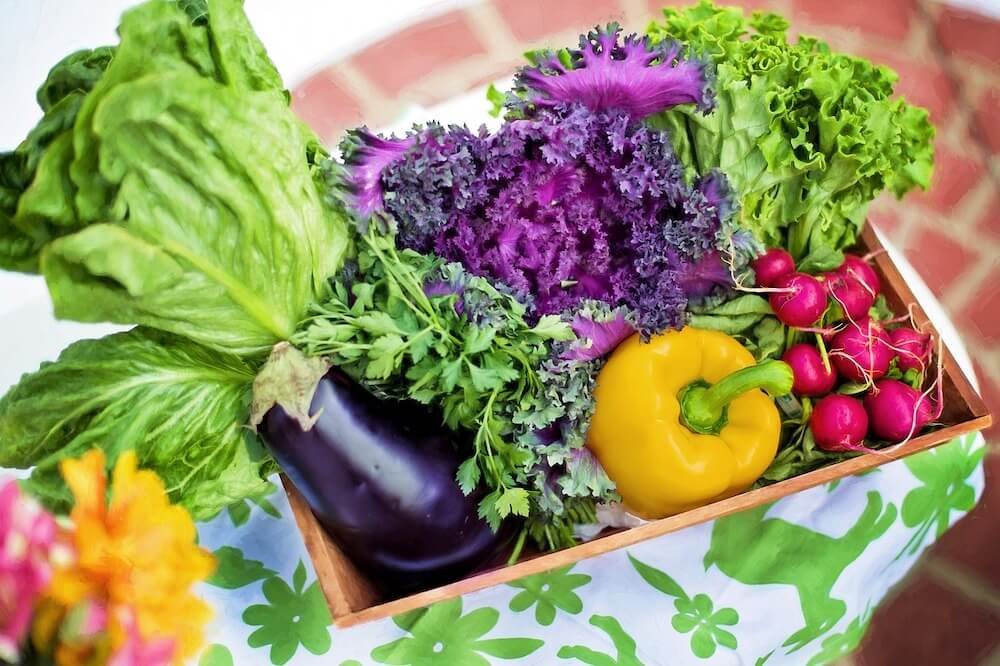Growing the Gherkin-Inspired Pickle Plant: A Homesteader’s Guide
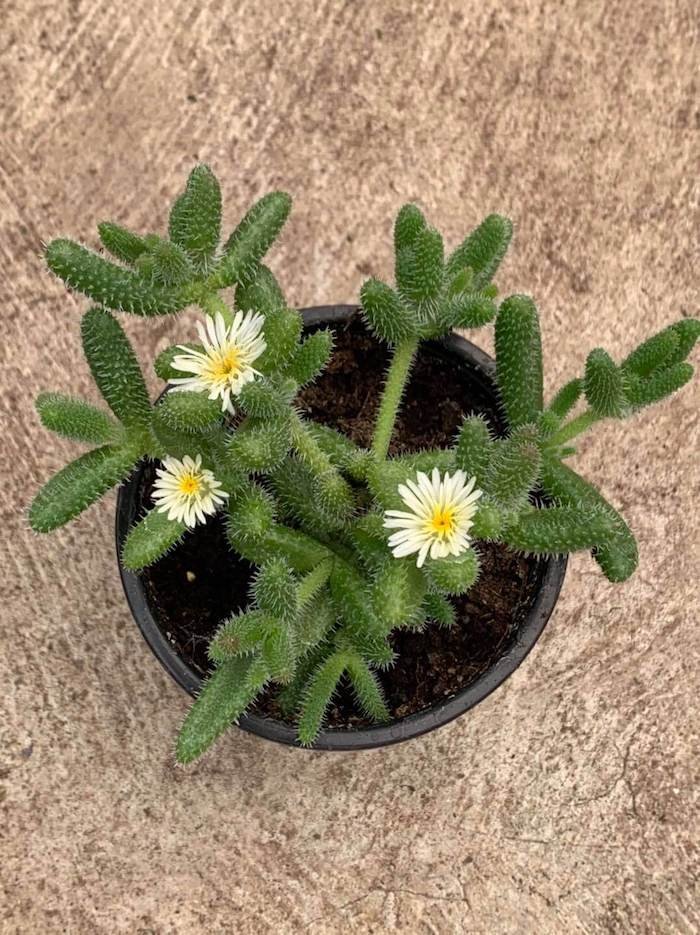
If you had told me a few years ago that I’d one day be the proud parent of a thriving pickle plant (Delosperma echinatum, to be precise), I would have laughed in your face. Yet here I am, standing amidst a veritable garden of these quirky, gherkin-inspired succulents, marveling at their resilience and charming good looks. You see, the pickle plant and I have an unlikely, yet deeply fulfilling relationship – one that I’m excited to share with you today.
This fascinating succulent, native to the arid regions of South Africa, has captured the hearts of plant enthusiasts worldwide with its quirky charm and resilient nature.
The Delosperma echinatum, or pickle plant, is characterized by its cylindrical green stems covered in small, fleshy leaves that resemble tiny gherkin pickles or bristles. These densely packed leaves, covered in soft white hairs, give the plant a distinctive appearance that is sure to turn heads in any garden or indoor setting.
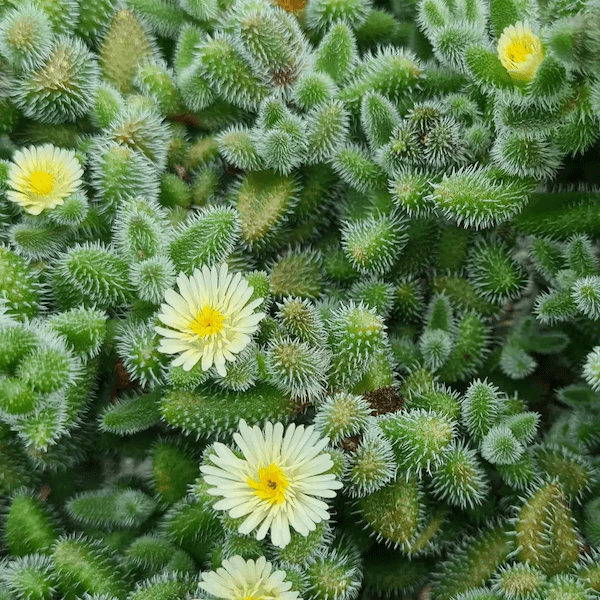
But the pickle plant is more than just a visual curiosity – it’s also a remarkably easy-to-grow addition to any gardener’s collection. With its adaptability to a range of growing conditions and low-maintenance requirements, the Delosperma echinatum is perfect for both novice and experienced growers alike.
In this comprehensive guide, I’ll share my insights on how to properly care for your pickle plant, ensuring it thrives and provides you with years of enjoyment. From selecting the right soil and light conditions to watering techniques and propagation methods, you’ll have all the tools you need to master the art of growing this unique succulent.
How to Care for the Pickle Plant
One of the keys to successfully caring for your Delosperma echinatum is understanding its specific growing requirements. As a succulent, the pickle plant shares some similarities with other members of its family, but it also has its own unique preferences when it comes to soil, light, and water.
Soil
The pickle plant prefers well-draining, sandy soil that allows excess moisture to drain away quickly. When growing in containers, use a high-quality succulent or cactus potting mix amended with additional grit or perlite to improve drainage. Avoid using heavy, clay-based soils, as they can lead to waterlogging and root rot.
Light
As a succulent, the pickle plant thrives in bright, direct sunlight. When grown indoors, place your plant in a south-facing window or other location that receives at least 6 hours of sunlight per day. If natural light is limited, supplement with artificial grow lights to ensure your plant receives the light it needs to thrive.
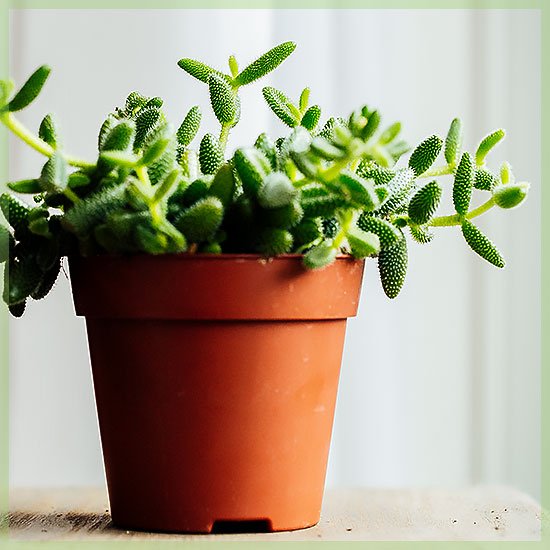
Water
One of the most important aspects of caring for a Delosperma echinatum is proper watering. As a succulent, the pickle plant is adapted to survive in arid conditions and can easily suffer from overwatering. Allow the soil to dry out completely between waterings, and avoid letting the plant sit in water. During the growing season (spring and summer), water every 10-14 days, ensuring the soil is thoroughly saturated. In the winter months, reduce watering to once a month or less, as the plant goes into a dormant state.
Propagating Your Pickle Plant
One of the joys of growing a Delosperma echinatum is the ease with which it can be propagated. By taking stem cuttings or offsets, you can create new plants to share with friends or expand your own collection. Here’s how to propagate your pickle plant:
- Take a 2-3 inch stem cutting just below a leaf node, using a clean, sharp knife or scissors.
- Allow the cutting to dry and callus over for a few days before planting.
- Plant the cutting in a well-draining soil mix, burying about an inch of the stem.
- Water lightly and place in a bright, warm location out of direct sunlight.
- Within a few weeks, you should see new growth and roots forming.
Once the cutting has established itself, gradually introduce it to more light and water it as you would a mature plant.
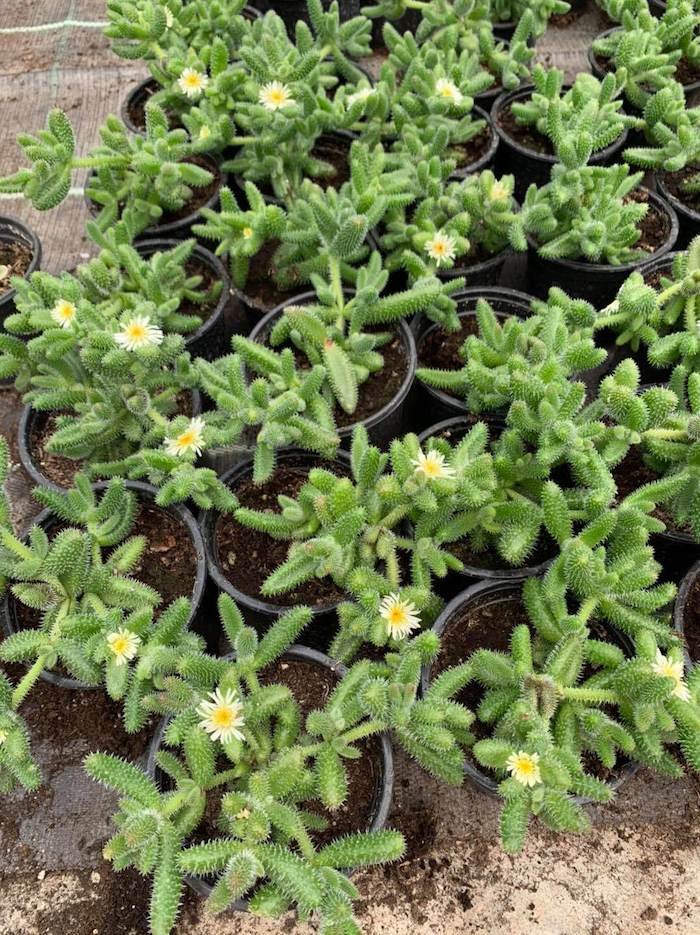
Pickle Plant Common Issues
While the Delosperma echinatum is generally a low-maintenance plant, it can occasionally encounter some common issues. Here are a few to watch out for and how to address them:
Etiolation
If your pickle plant starts to stretch and become leggy, it’s a sign that it’s not receiving enough light. Move the plant to a brighter location or supplement with grow lights.
Overwatering
As mentioned earlier, overwatering is one of the biggest threats to a pickle plant’s health. If you notice yellowing, mushy leaves or a rotten stem, it’s likely due to too much moisture. Allow the soil to dry out completely before watering again.
Pests
While the pickle plant is generally pest-resistant, it can occasionally fall victim to common succulent pests like mealybugs or scale insects. If you notice any infestations, treat with an insecticidal soap or neem oil according to the manufacturer’s instructions.By understanding and addressing these potential issues, you can ensure your Delosperma echinatum remains healthy and thriving for years to come.
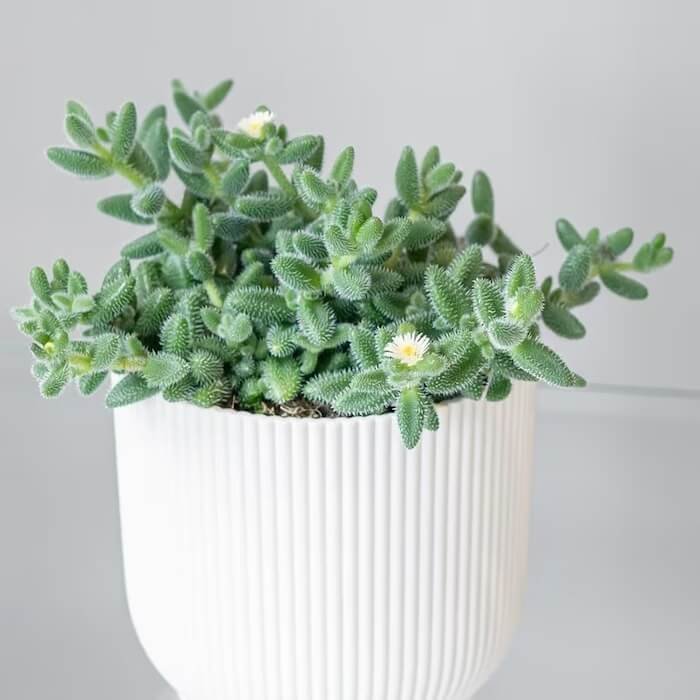
6 Interesting Facts About the Pickle Plant
- Unique Appearance: The Delosperma echinatum is instantly recognizable by its small, cylindrical leaves that resemble miniature pickles or gherkins. These leaves are covered in soft, white hairs that give the plant a fuzzy, bristly texture.
- South African Origin: The pickle plant is native to the Eastern Cape region of South Africa, where it naturally grows in rocky, arid habitats.
- Resilient and Adaptable: Despite its delicate appearance, the Delosperma echinatum is a remarkably resilient and adaptable succulent. It can tolerate a wide range of temperatures, from freezing conditions to hot, dry climates.
- Year-Round Foliage: Unlike many succulents that go dormant in the winter, the pickle plant retains its evergreen foliage throughout the year, providing a pop of color and texture in the garden or indoor setting.
- Edible Fruits: While the pickle plant is primarily grown for its ornamental value, its small, cucumber-flavored fruits are actually edible. However, they are not typically used in cooking and are more often used as a garnish or in decorative arrangements.
- Easy Propagation: The Delosperma echinatum is relatively easy to propagate from stem cuttings or offsets, allowing gardeners to easily expand their collection or share the plant with others.
These unique characteristics, from the plant’s quirky appearance to its resilience and adaptability, make the Delosperma echinatum, or “pickle plant,” a truly captivating addition to any homestead or indoor garden.
Embracing the Pickle Plant’s Quirks
One of the most delightful aspects of growing a Delosperma echinatum is embracing its unique quirks and peculiarities. From its velvety, bristle-covered leaves to its cheerful yellow blooms, the pickle plant is a true conversation starter that will bring joy and fascination to any gardener.
As you embark on your pickle plant growing journey, remember to have fun and experiment. Try growing it in different containers, pairing it with complementary succulents, or even incorporating it into your culinary creations (just be sure to use it as a garnish, not a pickle substitute!).
With its resilience, charm, and ease of care, the Delosperma echinatum is a plant that is sure to delight and inspire gardeners of all levels. So why not add this quirky succulent to your collection today and discover the joys of growing the one-and-only “pickle plant”?




